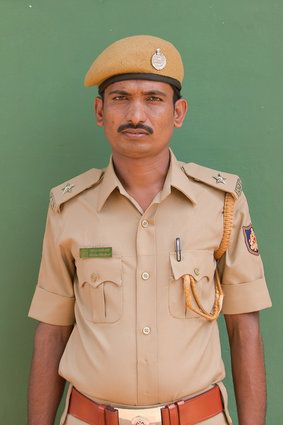
Seven conservationists will be awarded this month for their outstanding work in preserving Indian wildlife sanctuaries. These men have actively contributed to saving forests and protecting endangered fauna, sometimes at the cost of their own lives.
Each of these green soldiers shall be presented with a Wildlife Warrior Award, an initiative taken by NGO HCMWF (Hem Chand Mahindra Wildlife Foundation) and wildlife magazine Saveus.
The initiative was started in 2013 and has till now honoured the work of people from the more recognised areas such as Corbett and Ranthambore. This year however, the project shifted its focus to the lesser-known sanctuaries. Though not as popular, they host a wide variety of flora and fauna often targeted by poachers. These sanctuaries survive on small budgets and present hostile working conditions.
Here are the seven heroes who continue to preserve the Indian eco-system despite all odds.




















Contact HuffPost India